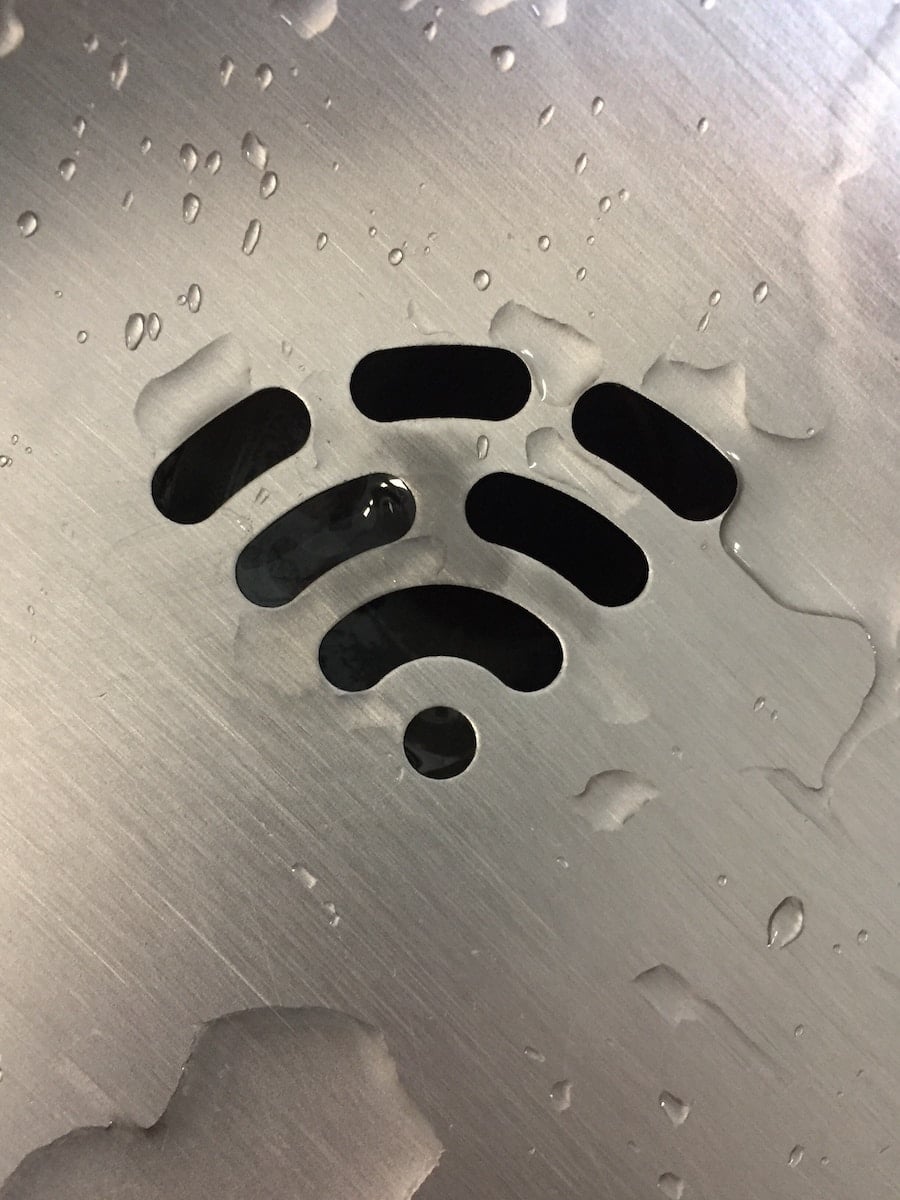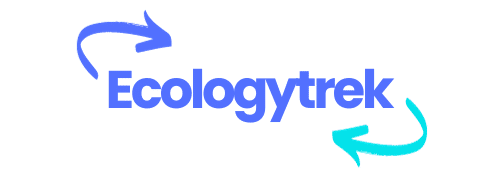The evolution of the internet of things

 |
November 27, 2023
|
November 27, 2023
In our rapidly evolving digital era, one concept that has proven to be a game-changer across multiple sectors is the Internet of Things. The idea is simple yet transformative, it involves connecting objects to the internet and to each other. This means that items we use daily, like our appliances, cars, and even buildings, can now communicate, gather data and streamline our lives in ways we never thought possible.
The Dawn of The Internet of Things
The term "Internet of Things" (IoT) was first coined in 1999 by British technologist Kevin Ashton. The idea was born out of a need for inventory control in the supply chain sector. The concept was initially implemented using Radio Frequency Identification (RFID) tags that communicated critical information about products.
A découvrir également : The future of gaming: trends and technologies
Fast forward to 2005, the United Nations International Telecommunications Union published its first report on the topic, highlighting the significance of IoT. According to this report, IoT was set to become a "global technological revolution."
Rise of Smart Devices
With the arrival of smartphones and high-speed internet, IoT found its perfect incubator. As the cost of processing power decreased, more devices could be made ‘smart.’ The rise of cloud technologies also played a crucial role as it provided a space where the data from these devices could be stored and analyzed.
En parallèle : Autonomous vehicles: the future of transportation
The potential of IoT became apparent with the advent of smart homes. This concept involves the integration of IoT devices like smart thermostats, smart security systems, and smart appliances that can be controlled remotely or set to operate under specific conditions. It also includes wearables, like fitness trackers and smartwatches, which monitor health metrics and provide users with valuable insights about their wellbeing.
IoT and Industry 4.0
IoT is not just for consumer products; it has also had a transformative effect on industries. The fourth industrial revolution, or Industry 4.0, sees the integration of IoT into manufacturing, supply chain, and other sectors.
Here, IoT devices can monitor production lines, manage inventory, and provide real-time updates on processes. This helps increase efficiency, reduce waste, and improve overall productivity. It also allows for predictive maintenance, where potential faults or failures in machinery can be identified and rectified before they cause downtime.
IoT in Transportation and Smart Cities
The transportation sector has also benefited from IoT. Vehicles equipped with IoT devices can provide drivers with real-time information on traffic, road conditions, and vehicle health. Furthermore, it has made possible the idea of autonomous vehicles, which use IoT sensors and AI to navigate roads and traffic.
On a larger scale, IoT is instrumental in the development of smart cities. Here, IoT devices can monitor and manage multiple city systems such as traffic flow, waste management, and energy consumption. This allows for more efficient use of resources, improved public safety, and enhanced quality of life for residents.
The Future of IoT
As we look ahead, it is clear that the scope of IoT is only set to expand. With advancements in AI and machine learning, we can expect more sophisticated applications of IoT that can learn from the data they collect and make intelligent decisions.
The emergence of 5G technology will also be a significant booster for IoT, providing the necessary speed and bandwidth for massive IoT deployments. Additionally, the field of nanotechnology promises to revolutionize IoT by creating smaller, more efficient, and more power-packed devices.
However, with this progress comes challenges. There are significant concerns about privacy and security as more and more of our personal data is collected and stored. There is also the question of how to manage the sheer volume of data that will be generated.
Despite these challenges, the Internet of Things is here to stay. It will continue to be an integral part of our lives, transforming how we live, work, and interact with the world around us. It is a testament to human ingenuity and the relentless pursuit of progress.
IoT in Healthcare
In the healthcare sector, IoT has the potential to revolutionize how we approach patient care and medical research. It has begun to introduce remote patient monitoring systems, wearables such as fitness trackers, heart monitors and insulin pumps that can provide healthcare professionals with invaluable real-time data about a patient’s condition. For example, IoT-enabled devices can monitor a patient’s heart rate, blood pressure, and other vital signs, alerting healthcare providers if there are any significant changes or potential health risks.
Additionally, these devices can gather extensive health and lifestyle data over time, providing a more comprehensive picture of a patient’s overall wellbeing. This can help doctors to develop more personalized treatment plans and provide more proactive care. Furthermore, this wealth of data can be used for research purposes, paving the way for new medical innovations and insights.
IoT has also made its way into hospitals and clinics. Connected medical devices can automate various tasks, such as dispensing medication, monitoring patient vitals, and even performing complex surgeries with the help of robot-assisted technology. By utilizing IoT, hospitals can improve patient care, streamline operations and reduce costs.
Conclusion: Embracing IoT
The Internet of Things has come a long way since its conception, permeating almost every aspect of our lives. It has altered the way we live, work, and interact with our surroundings. Look around, and you will see IoT at work, from the smart devices in our homes to the traffic lights managing the flow of vehicles on our roads.
However, as we move forward into a more connected world, we must also be mindful of the challenges that come with it. Data privacy and security will continue to be significant concerns, and the sheer volume of data generated will necessitate more efficient data management strategies.
Moreover, while IoT is transforming many sectors, it is critical to ensure that this technology is accessible to all. Digital divide can lead to significant social and economic disparities, and it’s crucial to address this issue as IoT continues to expand.
Nevertheless, the potential benefits of IoT are immense. With advancements in AI, machine learning, 5G technology, and nanotechnology, the future of IoT looks promising. As we continue to innovate and adapt, the Internet of Things will undoubtedly play a crucial role in shaping our world in the years to come. It’s an exciting time, and we are just at the beginning.
